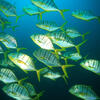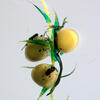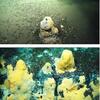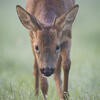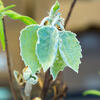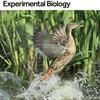Methane is a strong greenhouse gas that plays a key role in Earth’s climate. Anytime we use natural gas, whether we light up our kitchen stove or barbeque, we are using methane.
Only three sources on Earth produce methane naturally: volcanoes, subsurface water-rock interactions, and microbes. Between these three sources, most is generated by microbes, which have deposited hundreds of gigatons of methane into the deep seafloor. At seafloor methane seeps, it percolates upwards toward the open ocean, and microbial communities consume the majority of this...
Read more about Microbes in Ocean Play Important Role in Moderating Earth’s Temperature 
